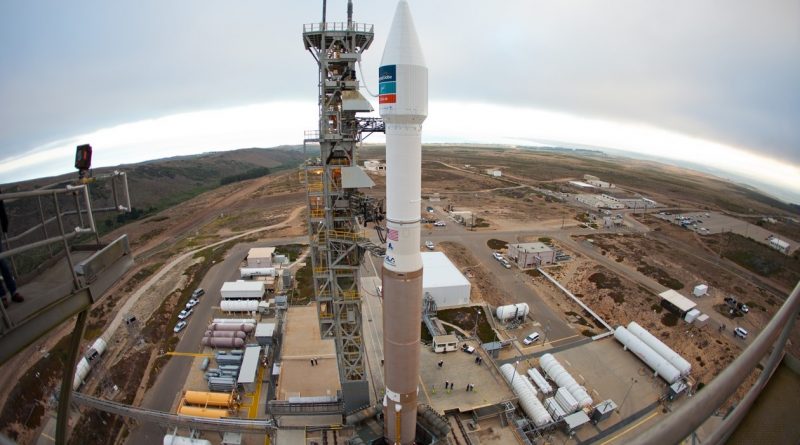Atlas V set for Friday Blastoff with WorldView-4 Imaging Craft, CubeSats
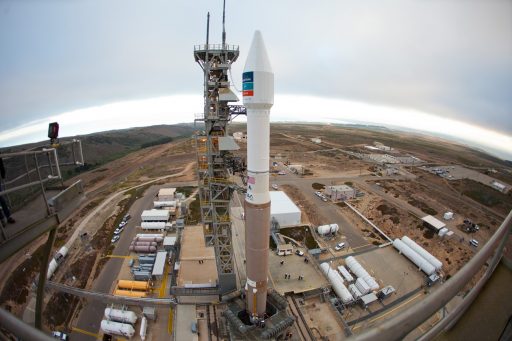
An Atlas V rocket will blast off from Vandenberg Air Force Base in California on Friday to send the WorldView-4 Earth-imaging satellite into orbit for commercial operator DigitalGlobe.
Liftoff is scheduled for a 14-minute window opening at 18:30 UTC and Atlas V will need 19 minutes to deliver the 2,100-Kilogram satellite to its planned orbit 600 Kilometers in altitude, followed by a secondary mission of two hours dedicated to the deployment of seven small satellites riding shotgun on the Atlas V.
Friday’s launch marks the first orbital space launch from the U.S. West Coast in over seven months, coming after the February 10 launch of a Delta IV carrying the classified NROL-45 satellite. The lengthy stand-down at Vandenberg was needed to relocate the main data center of the Western Range to a new facility at the base as part of a larger U.S. Air Force effort to upgrade the Joint Space Operations Center located at Vandenberg.
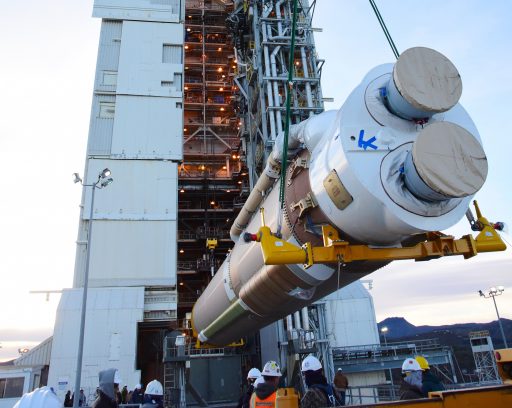
The relocation of some 1,100 pieces of range hardware was accompanied by an upgrade of support systems for the equipment, most of which had been powered continuously for a period of years. Services provided by the Range include safety, tracking and communications for orbital missions heading out of Vandenberg.
The downtime on the Western Range started back in early March and formally ended on August 18 after all systems had completed testing at their new location with no major issues found in the new configuration. An operational test flight of a Minuteman 3 ballistic missile provided the first opportunity for the revamped range systems to be tested before resuming support for orbital missions.
Friday’s launch is handled by United Launch Alliance while the Atlas V is provided by the program’s commercial launch services provider, Lockheed Martin Commercial Launch Services.
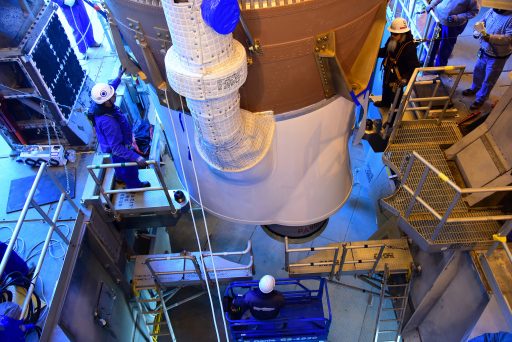
The 58-meter tall Atlas spent the last several months sitting idle atop its SLC-3E launch pad, having originally been designated to launch NASA’s InSight Mars Mission in early March before the range outage began. However, InSight suffered a two-year delay due to trouble with the mission’s prime instrument and NASA released the Atlas V launcher to be re-purposed for another mission.
Stacking of the Atlas V was completed back in December, requiring the vehicle to remain vertical for ten months until its launch opportunity which is no concern as the Mobile Service Gantry provides adequate shelter and protection from the elements. WorldView-4 also uses the payload fairing originally intended for InSight with a hand-painted mission logo which was replaced by DigitalGlobe’s company decal in the weeks leading up to launch.
The Lockheed Martin-built satellite can also look back at a storied history. Originally, the vehicle was ordered for a 2013 launch to become part of GeoEye’s commercial imaging constellation, but its launch was put on hold when GeoEye merged with DigitalGlobe that same year. With WorldView-3 launching in 2014, the company had no need to put another satellite into orbit and decided to store it on the ground until it was needed within the constellation.
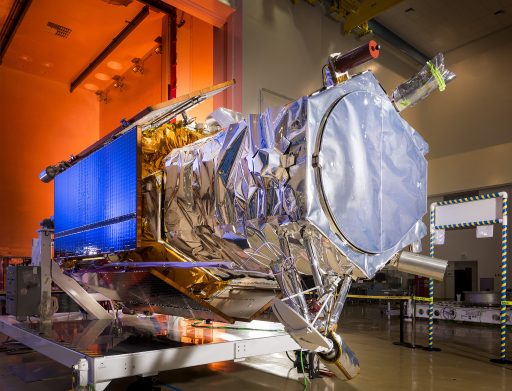
The satellite uses Lockheed’s LM900 platform and stands 5.3-meters tall, outfitted with a large 1.1-meter telescope capable of delivering ground imagery at a resolution of 0.31 meters in the black-and-white panchromatic band and 1.24 meters for full color and near infrared data. Taking advantage of an agile pointing system, the satellite can cover an area of 66.5 by 112-Kilometers during a single flyover, collecting adjacent image strips.
DigitalGlobe was cleared by the U.S. Department of Commerce in 2014 to begin offering its highest resolution imagery on the commercial market after the company had been regulated only to sell high-resolution products to U.S. government users and select private entities while downsampling data for all other commercial users.
In mid-2014, the satellite was re-named WorldView-4 and launch was firmed up for 2016 to help DigitalGlobe satisfy demands for ultra high-resolution Earth observation products. Pulled from storage, WorldView-4 was thoroughly checked and shipped to Vandenberg in July for final preparations including propellant loading and encapsulation in the protective fairing.
>>WorldView-4 – Technical Overview
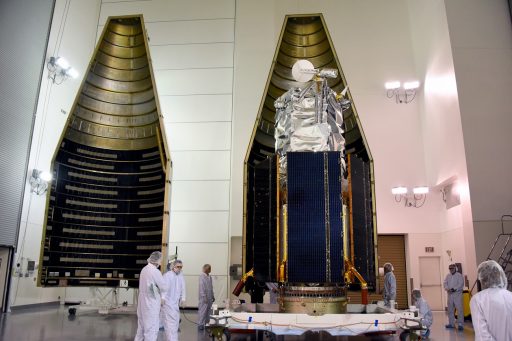
The satellite was installed atop the rocket last week for a last round of integrated checks feeding into final reviews to clear the vehicle for flight. Meteorologists are predicting an 80% chance of favorable conditions for Friday’s brief launch window.
Atlas V will enter an eight-hour countdown sequence in the morning hours, local time, to begin with the activation of the rocket’s systems for a thorough checkout. The Mobile Service Gantry will be rolled back five hours prior to T-0 to enable final pad close outs to occur before Atlas V heads into tanking after the countdown comes out of a planned hold at T-2 hours.
Over the course of a 90-minute sequence, Atlas V will receive cryogenic Oxygen and Hydrogen pumped into the first and second stage. Flying in the 401 configuration, Atlas V uses a two-stage stack with the RD-180-powered first stage loaded with 284 metric tons of rocket-grade Kerosene and Liquid Oxygen while the Centaur second stage holds nearly 21 metric tons of cryogenic propellants.
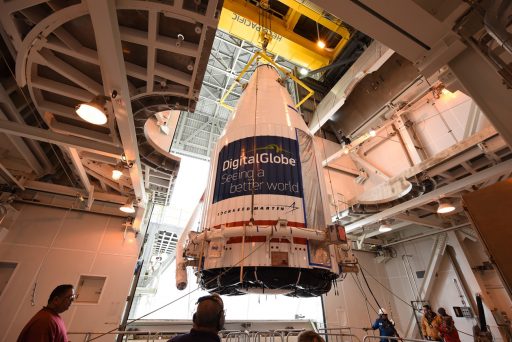
A final hold is scheduled at T-4 minutes to allow teams to catch up with any open items and assess the status of the launch vehicle, payload and western range as part of the final pre-launch poll. Ticking back from T-4 minutes, the highly choreographed countdown sequence will put Atlas V through the transition to internal power, the arming of the Flight Termination System, the pressurization of tanks and the handover of control to the vehicle’s computers.
The Russian-built RD-180 engine will start breathing fire three seconds ahead of liftoff, putting out a whopping thrust of 392-metric ton force to lift the Atlas V off the ground. The two thrust chambers of the engine will individually gimbal to hold the rocket in a vertical posture for the first 17 seconds of the flight before Atlas V will begin the pitch and roll maneuver to attain an initial launch azimuth of 185.6 degrees, departing California’s Central Coast of the south west.
Atlas V will push through the sound barrier 79 seconds into the flight and encounter Maximum Dynamic Pressure at T+94 seconds. While the RD-180 fires on all cylinders, the trusted Centaur stage will chill down its engine and pressurize its reaction control system to be ready to assume control of the flight.
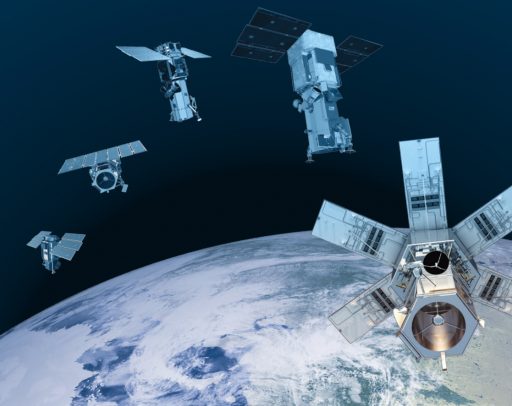
RD-180 will shut down four minutes and three seconds into the flight followed six seconds later by separation from Centaur, pulling away through the use of retrorockets. Centaur will fire up its 10,400-Kilogram-force RL-10C engine to reach orbit with one continuous burn of 11 minutes and 18 seconds.
WorldView-4 is aiming for an insertion orbit of 610.5 by 628.3 Kilometers at an inclination of 97.96 degrees from where it will phase into a 617km Sun Synchronous Orbit with a local time of descending note at 10:30.
Separation of the main passenger is completed 19 minutes after liftoff, clearing Centaur to head into a secondary mission dedicated to the deployment of seven CubeSat payloads.
Designated ‘Enterprise,’ the CubeSats are sponsored by the National Reconnaissance Office and set out to complete various technical demonstration missions ranging from miniature propulsion systems, new small-sized transponders to radiation-detectors and atmospheric sensors.
The seven CubeSats will be released in a staggered fashion during a 14-minute sequence picking up two hours and 11 minutes after liftoff.
With the small CubeSats on their way, Centaur will re-start its engine and complete a disposal maneuver to enter heliocentric orbit, taking advantage of leftover performance to depart Earth for good.
Friday’s mission marks the 66th flight of the Atlas V, the 15th purely commercial Atlas V launch and the sixth of the year.

